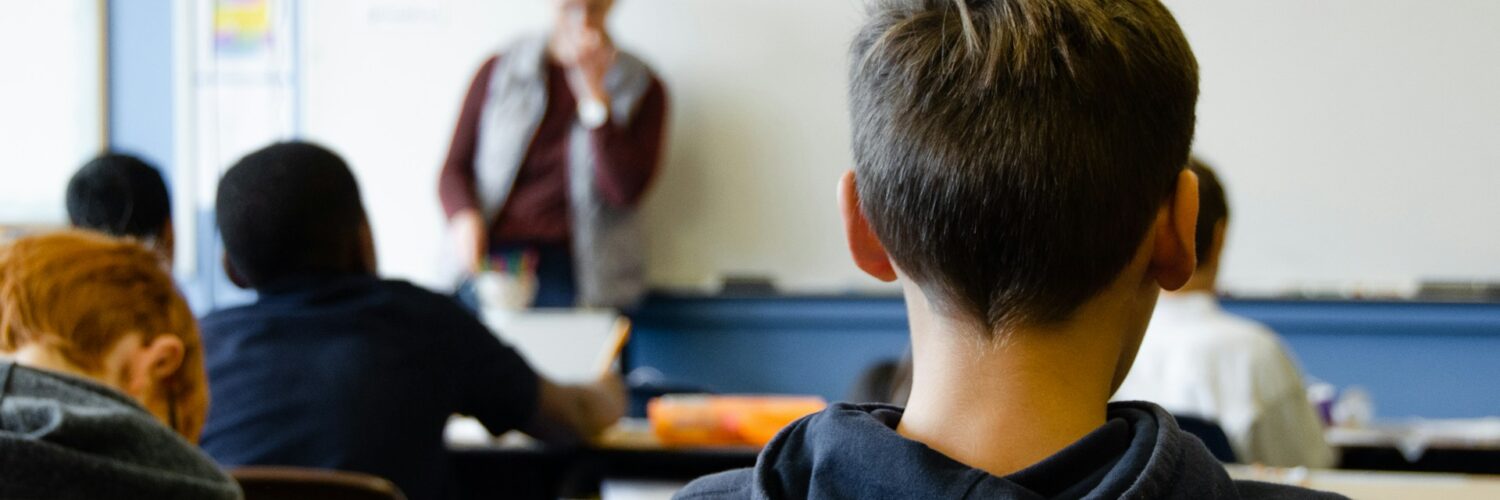If your child has had multiple teachers in a short period, you’re not alone in noticing. Across the country, schools are facing record-high levels of teacher turnover — and the effects reach far beyond the classroom walls. Frequent staffing changes can interrupt learning, strain school communities, and impact the stability children need to thrive.
While turnover might seem like an internal challenge for schools to handle, it’s also a family issue. The consistency, support, and trust that help students feel secure begin with their teachers — and keeping those teachers in place has never been more important.
The State of Teaching Today
Data from across the U.S. reveal an ongoing staffing crisis. Core subjects like foreign languages, special education, and physical sciences are experiencing some of the highest vacancy rates, with roughly one in five teachers either moving to a different school or leaving the profession altogether last year.
Public schools, in particular, are struggling to keep experienced educators. Many teachers cite low pay, high workloads, and limited support as leading reasons for leaving. Meanwhile, private schools tend to experience slightly lower turnover, often due to smaller class sizes and more flexible working conditions.
The result is a revolving door that not only disrupts classrooms but also erodes institutional memory — the relationships and experience that make great schools feel steady and familiar.
The Special Education Shortage
Few areas feel the impact more than special education. Roughly 15% of all students now receive services under the Individuals with Disabilities Education Act (IDEA), and that number continues to climb.
Yet at the same time, many schools are losing certified special education teachers faster than they can replace them. For families of students who need consistent, individualized support, this instability can be especially hard. When experienced teachers leave, continuity in care and progress is lost — and it can take months for students to regain their footing.
How Turnover Affects Students and Families
Teacher turnover doesn’t just change who’s at the front of the classroom — it alters the classroom itself.
- Interrupted learning: New teachers must adapt quickly, which can slow instruction and cause gaps in the curriculum.
- Lower achievement: Studies consistently link high turnover rates with lower test scores and overall performance, particularly in schools with fewer resources.
- Strain on remaining staff: Teachers who stay often take on additional duties or larger classes, increasing their risk of burnout.
- Hidden costs: Recruiting and training replacements diverts funds away from enrichment programs and classroom improvements.
For parents, this instability often shows up as increased homework struggles, emotional stress, or communication gaps between school and home.
What Can Be Done
Addressing teacher turnover requires commitment at every level — from policy to culture. Experts point to several proven strategies:
- Supportive School Environments
Schools that prioritize mentorship, collaboration, and recognition build stronger morale and reduce burnout. - Meaningful Professional Growth
Opportunities for continued learning, leadership roles, and advancement keep teachers engaged and invested in their careers. - Fair and Competitive Pay
Compensation that reflects the importance and difficulty of teaching is essential. Financial stability is one of the most powerful retention tools. - Focus on Well-Being
Mental health resources, manageable workloads, and a healthy work-life balance help educators sustain long-term success.
How Parents Can Make an Impact
Parents play a powerful role in shaping the future of education. Here’s how you can help make a difference:
- Ask school leaders how they’re supporting teacher retention.
- Advocate for policies that fund classrooms, improve working conditions, and expand training opportunities.
- Acknowledge and thank your child’s teachers regularly — recognition builds motivation and community.
- Stay engaged in discussions about staffing, especially in areas like special education and core academics.
A Shared Responsibility
When great teachers stay, schools become stronger, and children flourish. The teacher turnover crisis is not just about numbers — it’s about people who shape lives every day. By valuing educators and creating conditions where they can succeed, we invest directly in our children’s futures.
Every parent, teacher, and administrator has a role to play in rebuilding stability. When we work together, we create schools where teachers feel supported — and students feel seen, confident, and inspired to learn.
Let’s work together to ensure that great teachers not only enter our classrooms — but remain there, year after year. For more on this, check out the infographic below from Xceed Preparatory Academy, a private school in Boca Raton, FL.














